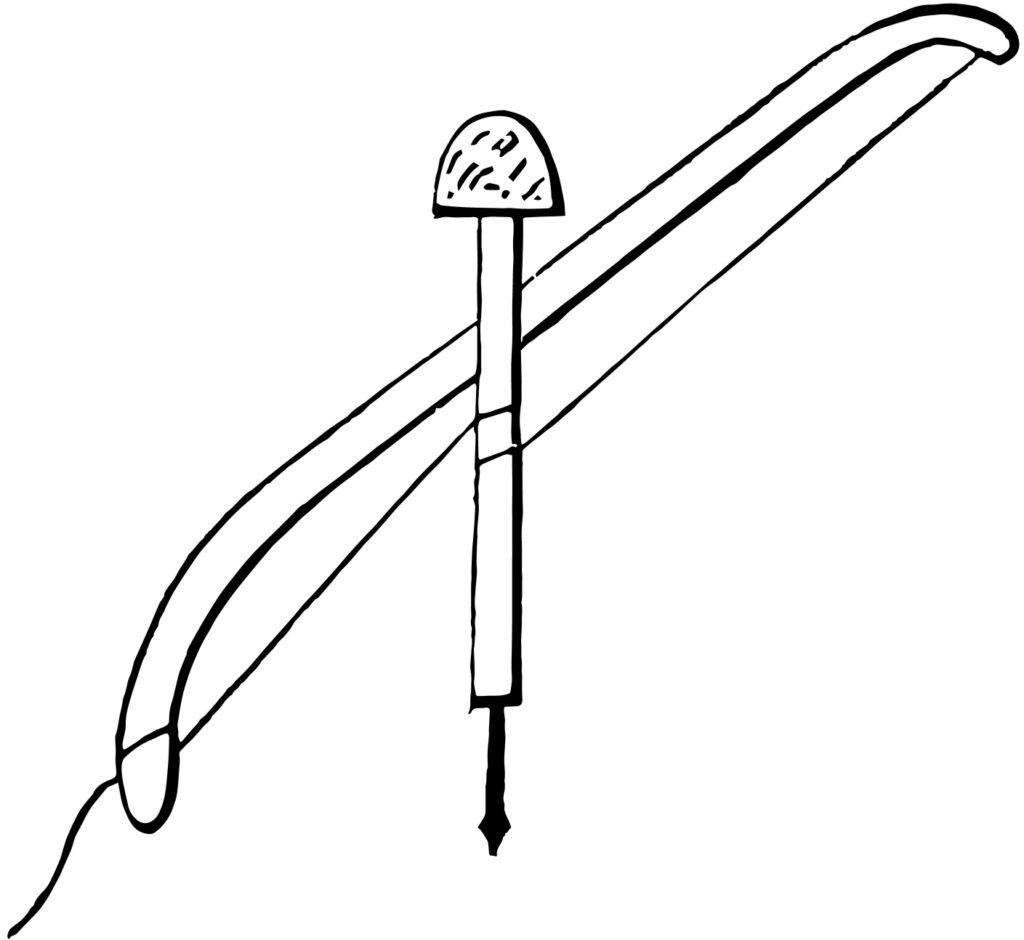Trips to the dentist today still aren’t most people’s preferred way to spend an afternoon. Dental surgery, even less so.
It’s not helped by the fact that a mouth isn’t some broken finger you can just buddy-tape, but a bundle of nerves perilously close to your brain. That same gray-matter proximity is what makes dental problems a much bigger problem than simple pain management.
It turns out that civilizations of the past were more attuned to the importance of treating rotten teeth than you might think. The problem is, they weren’t especially gentle about it.
Bow-Drilling
Shutterstock
Being able to drill a tooth, in any sort of manner that doesn’t just end with a dead patient, seems like a treatment limited to modern times. But shockingly, dentists were drilling teeth as far back as 9,000 years ago, and they were remarkably good at it — at least as far as precision goes, not necessarily in terms of pain management. Anesthesia, unfortunately, is a much more recent invention, so it probably wasn’t a great time for anyone involved.
Cruelly, thanks to it being dentistry, you couldn’t even bite down a stick. They would use sticks with sharp flint at the end, and then use a bow to rotate them extremely fast, the same way you might see in fire-starting methods.
Tooth-Packing
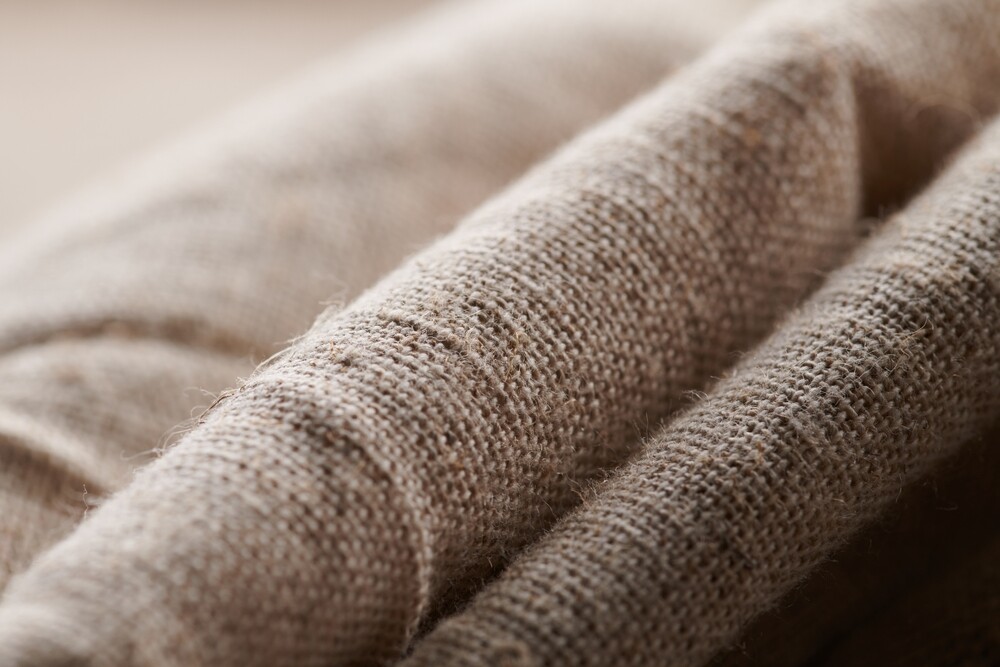
Shutterstock
Of course, now that you’ve made a nice big hole in that tooth, the next question is what you’re going to stick in there. Some ancient options, like beeswax or bitumen, aren’t that horrific to imagine. The Greeks, on the other hand, somehow settled on something that sounds a lot more torturous: They would pack the tooth-holes with medicine-soaked linen, something that would make sense if you knew what medicine was, but had no idea how any of it worked.
Beyond infection possibilities, the fact that linen is very much a material that’s capable of expanding with moisture feels less than ideal. On top of this, the Greeks’ machismo meant having a tooth pulled was a sign of weakness, so this was pretty much your main option if you didn’t want your whole civilization to see you as a coward.
Soldering
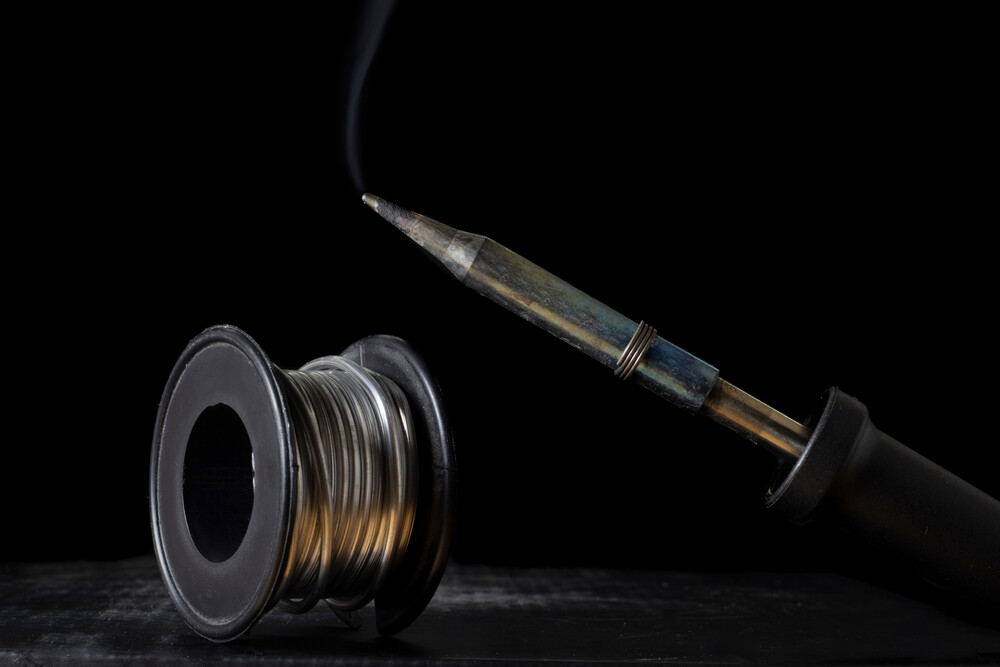
Shutterstock
If you feel like the word “soldering” should never exist in the same paragraph as the word “mouth,” I’m right there with you. Unfortunately for ancient Etruscans, they saw it as a great solution to some dental issues. Skulls found from the period have contained false teeth and prosthetics attached to the jaw and other teeth with gold bands, which were hot-soldered into place.
To be fair to the Etruscan dentists, this was incredibly advanced and way ahead of their time. To be fair to the patients, good god that had to be a bad time.
Iced-Out Maya Mouths
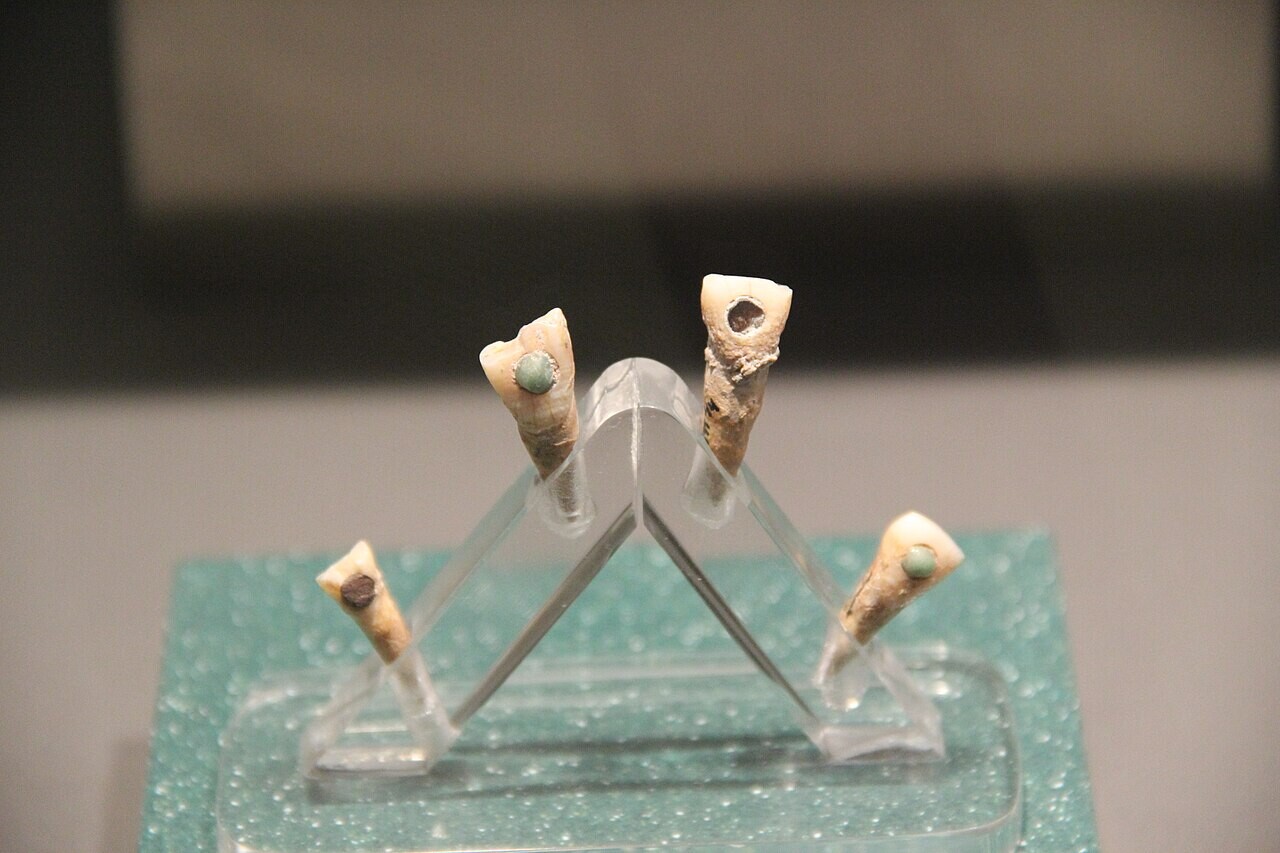
There were also ancient civilizations dabbling in advanced dentistry for aesthetic purposes. The Maya people specifically were big fans of icing out mouths, centuries before the mixtape cover was invented. They would etch patterns into their teeth in the service of decoration. For big spenders and important people, holes would be chipped into the teeth and gemstones, especially jade, would be glued in.
Turns out grills go back further than you’d think.
Tooth Worms
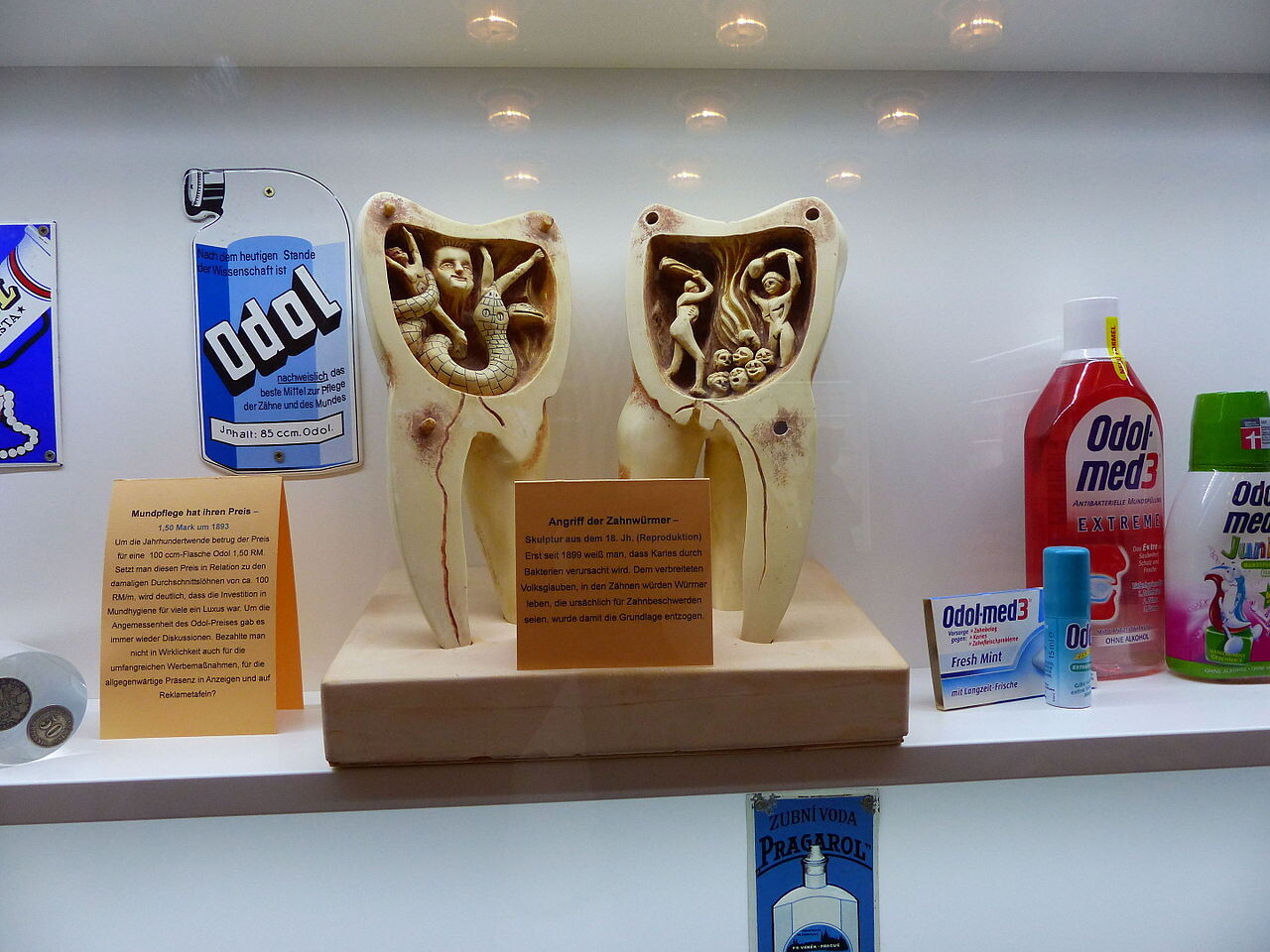
Ancient people, with much less medical knowledge than we have today, were sometimes at a loss for why deep holes would appear in their teeth, which of course, brought to mind a creature that carved out a very similar space in fruit. Connect two dots that were, in fact, completely unrelated, and you’ve got civilizations believing in “tooth worms.” Like it says on the tin, it’s the idea that there are little worms burrowing into teeth and living in there, causing cavities and pain.
God, I’m glad that turned out to be wrong.

